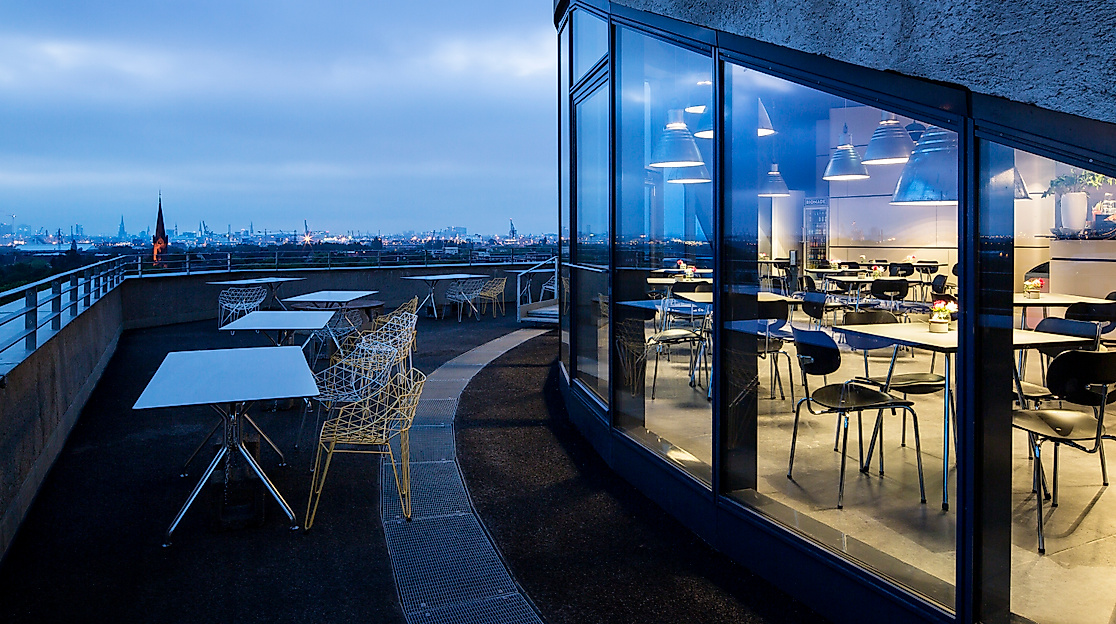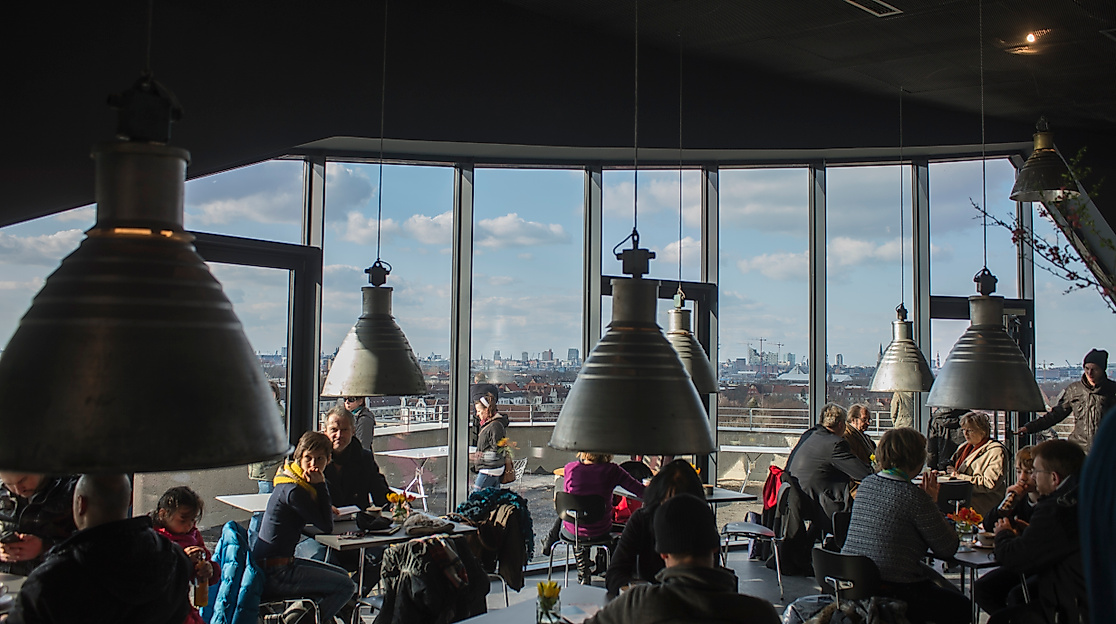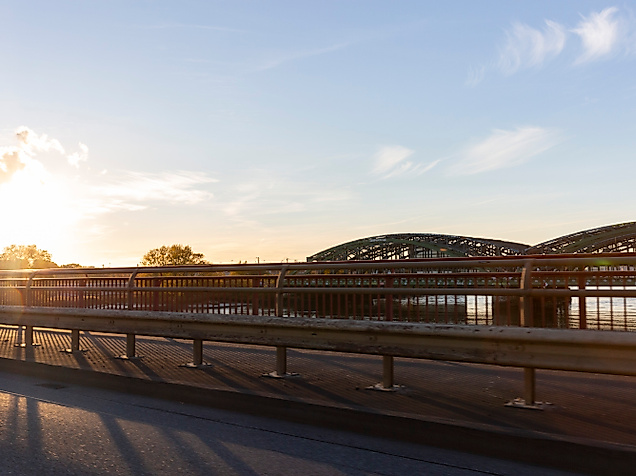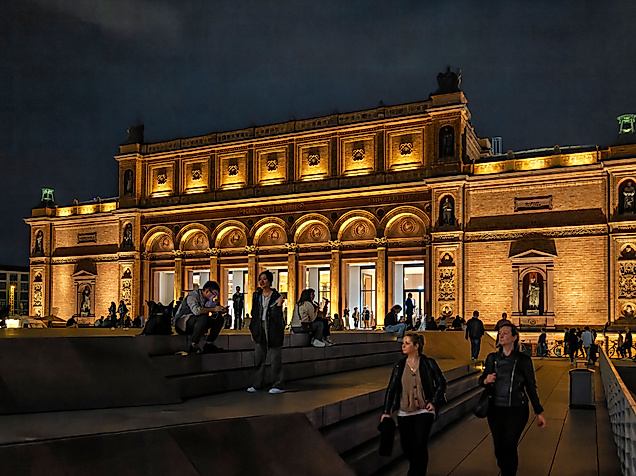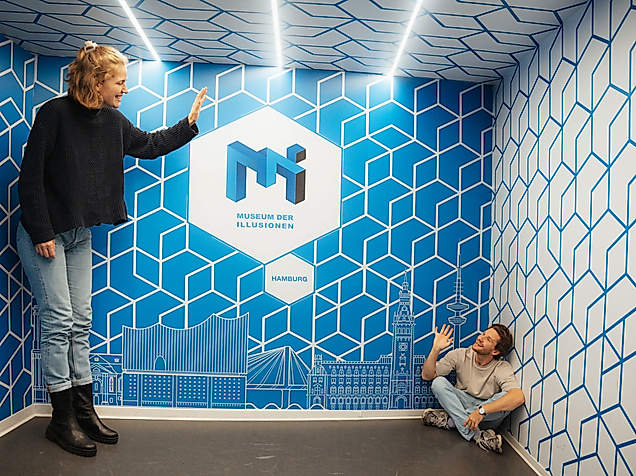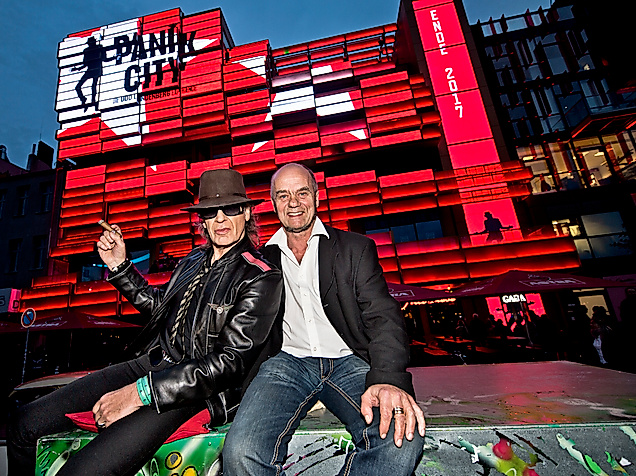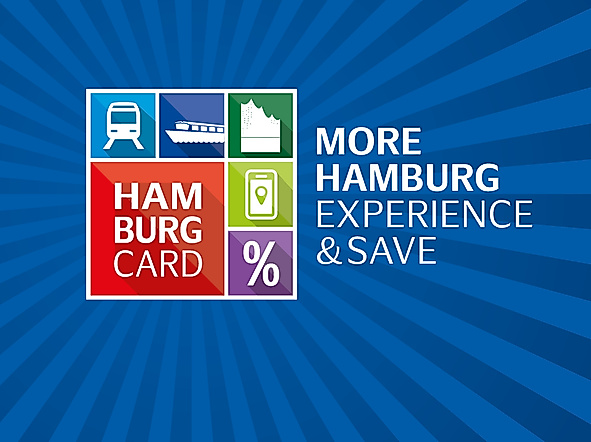
IBA Energiebunker
The Energiebunker is much more than a regenerative power station - it is a place to learn about the building's history and to enjoy a coffee with a view.
The building, constructed in 1943 as a flak bunker, was refurbished as part of the Hamburg International Building Exhibition and converted into a regenerative power station with a large heat storage facility. From the energy bunker, there is a café (open from Friday to Sunday) offering a fantastic view that extends far beyond the Elbe island of Wilhelmsburg. Through the exhibition cubes, which are distributed throughout the energy bunker, you can learn more about the history of the memorial. You can get to the Energiebunker on the IBA Bus or the HVV bus using route 13 - Veringstrasse Mitte stop.
